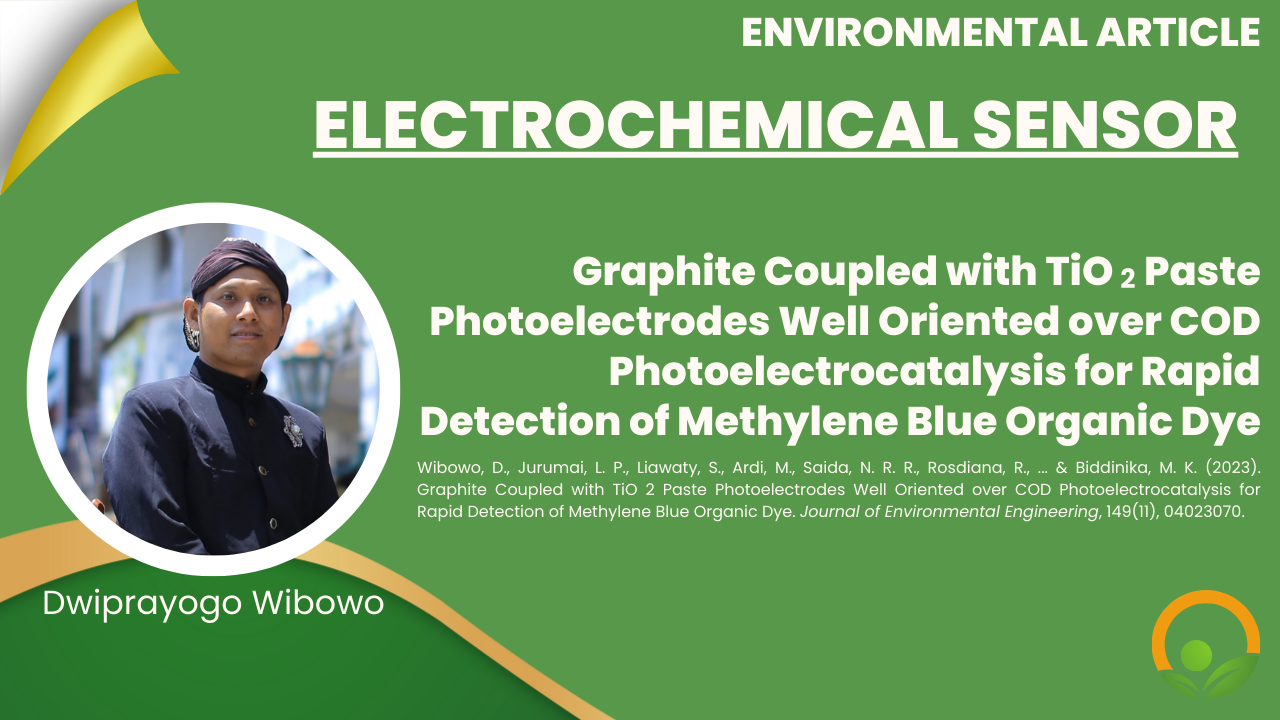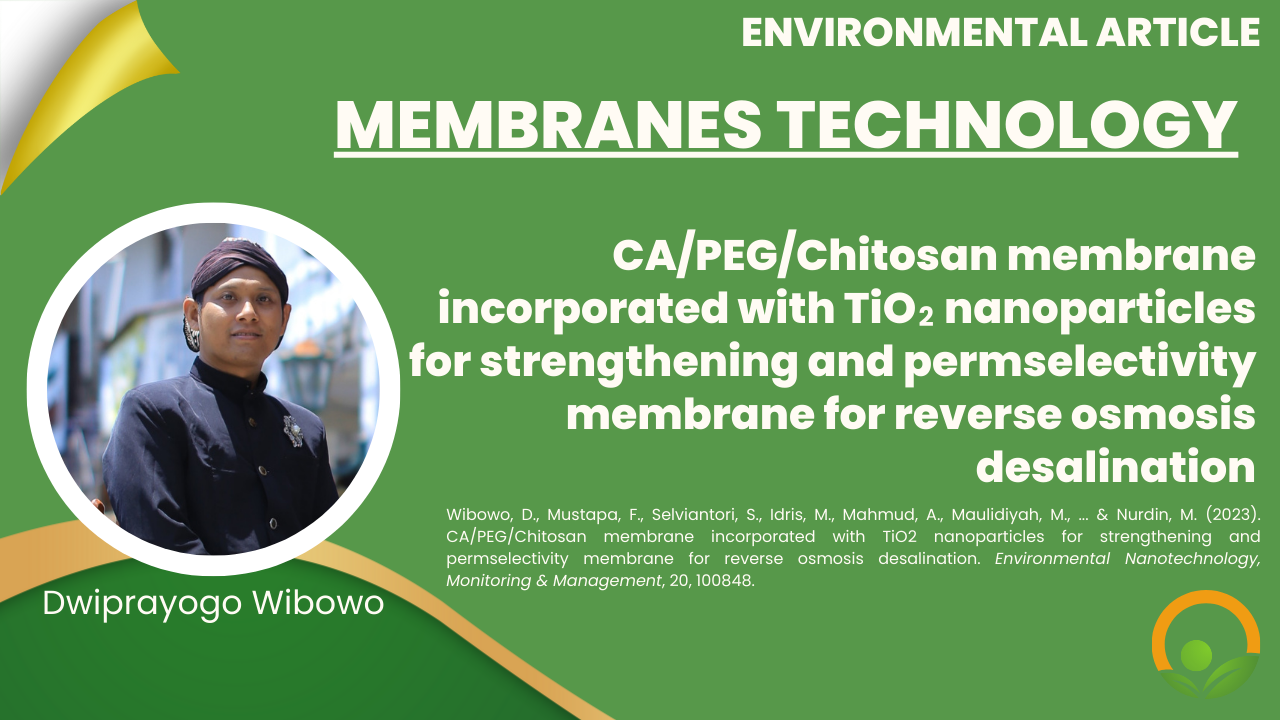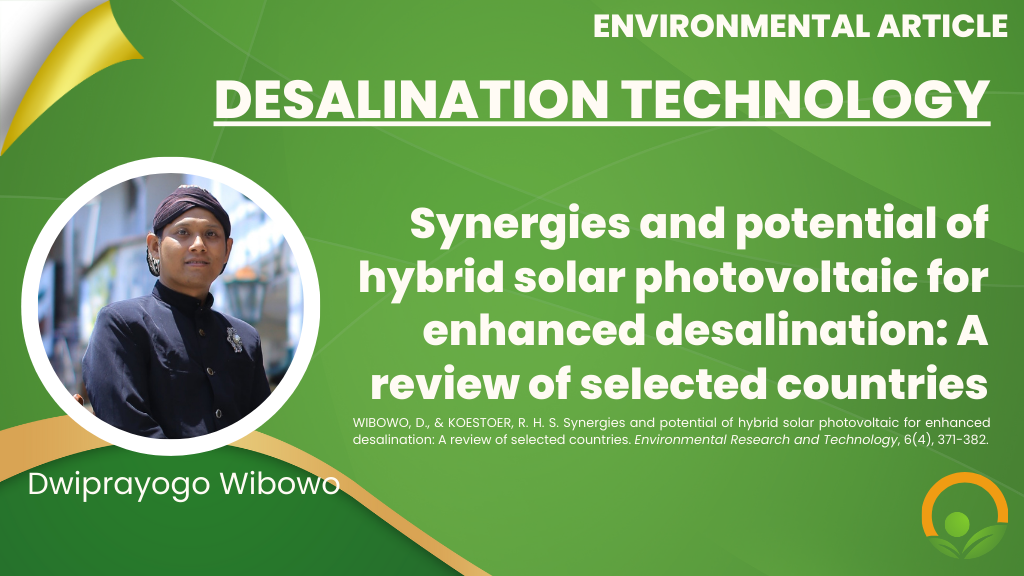
Graphite Coupled with TiO2 Paste Photoelectrodes Well Oriented over COD Photoelectrocatalysis for Rapid Detection of Methylene Blue Organic Dye
As an effort to observe the impact of pollution on the aquatic environment, water quality monitoring calls for the development of early detection technologies that are fast, efficient, and inexpensive. Currently, electrochemical sensors are an alternative technology to sensitively analyze pollutants in the aquatic environment. Engineering working electrodes to sense polluting compounds is the target of technology development. This work studies material compositions consisting of graphite carbon with
Access the full text at the following link: https://ascelibrary.org/doi/10.1061/JOEEDU.EEENG-7354


